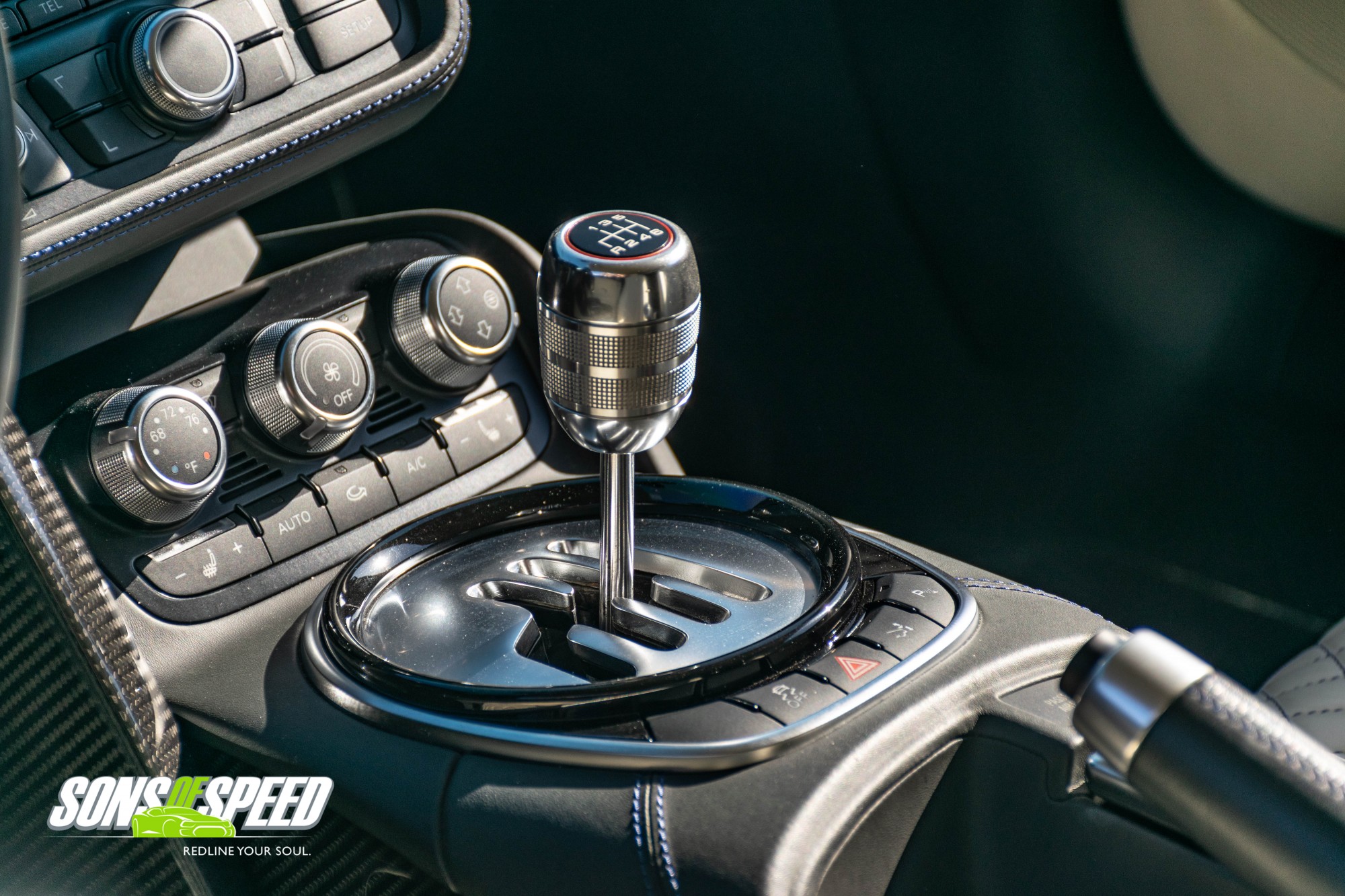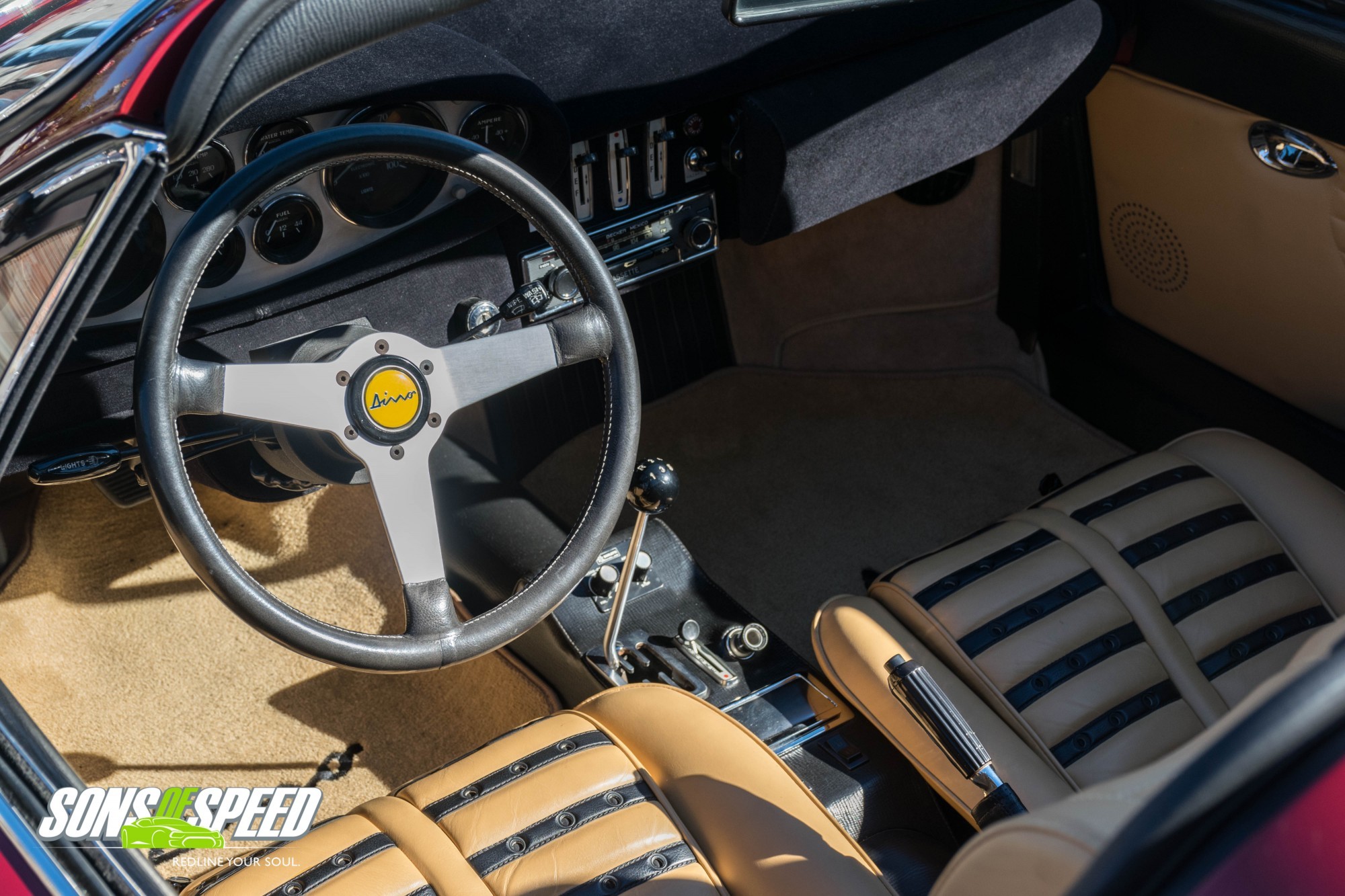The Great Transmission Debate

In case you’ve just awoken from a 30-year coma, there has been a running debate among car enthusiasts as to which transmission is more desirable – the traditional three-pedal manual or the automatic/dual clutch manumatic. The debate thus far has largely sounded like two politicians talking past each other: Automatics are faster! Manuals are more fun! What really upsets manual transmission enthusiasts, though, is the denial by the auto crowd of some very basic and fundamental truths that only a stick-shift can provide. Let’s dive into this vortex and see if we can change some minds!
If We’re All Being Honest, Manuals are Cool – Autos are Not

Usually, the first defense of the manual is that it tremendously increases the fun factor and total engagement with the car, and that is a valid point, but what has gone as an unspoken corollary is that manuals are just plain cool. Don’t believe me? I’m 43 years old. Since I was about 10, I’ve absolutely loved sports and muscle cars. What were the first two things I did when I saw one parked in a lot or car show? (1) Check the speedometer, because – of course – the car’s top speed would be accurately displayed by the highest number on the speedo (sounds logical for a 10 year old, right?), and (2) check whether it had a stick. If the car had a stick, a feeling of awe would wash over me because, after all, everyone’s grandma could drive an automatic – that was nothing special. But only talented drivers – cool drivers – could drive a stick, and they looked damned cool doing it, too. You know you did the same thing. Hell, you probably still do the same thing. Nobody except a carjacker ever looked into a cool sports car hoping to see a PRNDL automatic. More than that, seeing one of those deflated your “cool car” high and released contempt for the owner who “wasted” said cool car with a boring transmission. It’s like when someone builds a brand new, yet terrible, house. I’ve seen people build a new house on a lake with no windows overlooking the water. I call them “instant tear downs” because the owner and builder completely wasted their opportunity to get it right and instead built something that should be immediately scrapped. So goes the wasted opportunities with automatics in otherwise cool cars.

Furthermore, a manual transmission driven properly further delivers on the cool factor. There is little else you can do with a car that is quite as satisfying as executing a perfect heel-and-toe downshift into a nice sharp turn. Yes, an auto might mimic the same thing with steering wheel paddles and electronic rev-matching, but because these require no dexterity of the driver, there is nowhere near the same level of thrill and satisfaction – you might as well be using a video game controller, you’ll get the same results.
And in case you weren’t sure which transmission is cooler, just watch any Hollywood movie featuring cool cars – they’re all stick for a good reason. Your classic Mustang might be cool, but you’ll never be Steve McQueen cool with a 3-speed auto.
Manuals require skill
While we’re on this subject, another advantage for the manual transmission is that mastering the stick actually requires some skill, whereas anyone with a driver’s license can drive the automatic. Those in the two-pedal crowd might believe this difference an advantage for them, but think about it – wouldn’t you rather be in the growing minority of drivers who can pretty much drive anything on four wheels, and drive it well? Isn’t driving (especially a sports car) an opportunity to practice and then showcase your skills at being a true driver?
Another feature that clearly tips the scales over to the manual is that most of our miscreant youth never learned to drive stick, so a manual ends up becoming a de-facto anti-theft device. In a world where a thief can unlock and start your car with a little black box or just demand your car while you’re driving it, that third pedal might just be what keeps your wheels … your wheels.

Less Distractions
My 16-year-old daughter just got her license, and primary among our concerns for her safety while driving is the temptation to use one’s phone while behind the wheel. Of course, the physical ability to use one’s phone while driving is greatly diminished if both your hands are busy, you know, driving. So even though we had a relatively new Audi A3 (which only came with an automatic) for her to drive, we sold that car and purchased a 5-speed VW Jetta.
Not only has she now mastered driving it, she actually likes driving it, and reports her own added benefit: none of her friends will ever ask to drive it. In fact, in her entire high school, she’s only met one other kid who even knows how to drive stick. While that’s a sad commentary on parenting the next generation of fully-formed drivers, it puts her in a class almost by herself, and her coolness factor to 11. And since the Jetta SE has CarPlay, she never has a need to take her eyes off the road or play with her phone. But most importantly for my wife and I, driving the Jetta requires both hands and lots of concentration, which leads me to my next point…
Manual Drivers are Safer Drivers
I have no empirical evidence to back up this claim, just my decades of experience, but that experience has shown me that driving an automatic places most people into a sort of driving-coma/autopilot (and not the good Tesla kind, either). When driving only requires one foot, one hand and not much else, your brain tends to go into “low-power” mode where the longer you drive, the more dulled your senses and reaction times become. The stick-shift driver, on the other hand, is always doing something to make the car go, and using both hands and both feet keeps you in the game and your senses alive. In turn, this seems to make you a more alert driver as your mind and body are not allowed to “check out” during the drive.
Funny thing is, auto manufacturers seem to know this, and have been busy over the last 10 years building systems to brake and drive cars automatically when we’re not paying attention. And most of those systems are only available on – wait for it – automatic transmission cars. They already know the cool kids don’t need them.
Well… If They’re So Great, Why Are They Dying?
That’s the question you auto-lovers are asking right now, so I have a question in return: what came first, the chicken or the egg? That might seem strange way to address this issue, but it is the most poignant question demonstrating how we arrived at where we are today. You see, as far back as the 1980s, car manufacturers have slowly but surely been pushing the car buying public away from manual transmissions into their slovenly and boring counterparts. I remember when Mercedes-Benz refused to import a manual transmission car because “it looked bad for the luxury brand image” they were attempting to sell here in America. (Fun fact, in Germany, Benz’s are often used for taxis, an image MB worked hard to avoid here). What then followed was a depressing formula of manufacturers only offering manual transmissions with their worst engine and option choices – cheapening the image of the manual. Their collective attitude seemed to be sticks are only for “stripped down” cars.
For example, when the Dodge Stratus was released back in the 1990’s, it could be had with either a four-cylinder or six-cylinder engine. Of course, the six-cylinder engine made more power and would have been a sportier option except for the fact that the only way to have a manual was to take the weaker four-cylinder engine. Many other manufactures followed this lead, essentially ensuring that manual transmissions will become the less desirable and less powerful choice among the different brands, and it’s still happening today. The Jaguar F-Type, Aston-Martins, and others still look at the stick as the budget-conscious choice rather than the sport-enthusiast choice. It didn’t have to be this way, however, as manufacturers could have fostered continued love for manual transmissions simply by offering them in their best cars. Even today, this same trend can be seen. Want to experience the Cadillac CTS-V with its Z06 derived supercharged V-8? You can’t do it with a manual. You can still, however, take a manual transmission in the ATS-V, but the omission in the CTS is a slap in the face to any true automotive purist. Or maybe you like the new Subaru CrossTrek. If you want one with all of the best options, including all of the safety enhancements, you won’t find it with the manual transmission.
So why the downturn in manual take rates and production numbers? Was it driven by less demand, or by manufacturers themselves restricting three-pedal availability for decades? I argue that the latter is responsible for a culture that no longer finds it even necessary to learn to drive stick. If nearly every car were still available with a stick, that would hardly be the case. The bean counters who figure that everyone can drive an auto, but not everyone can drive a stick have convinced executives who should have known better that what you “can drive” trumps what you “want to drive”, and we’re all worse off for it.
Stick’s Last Stand?

Imagine a world where all the best and coolest cars were only available in stick. Can’t happen, you say? There was a time not all that long ago where there was no such thing as an automatic Ferrari or Lamborghini. If you wanted the coolest of the cool cars back in the 80’s, you learned to drive stick. Period. Thankfully, there are a few makes and models today that are also sticking to this formula (no pun intended) – the recent Ford Focus RS and the current Honda Civic Type R are only available in a manual, all well as Subaru’s top horsepower car, the WRX STi. Want one but don’t drive stick? Too bad, go learn how! If this had been the practice all along the stick would be still be thriving. Sadly, one of the manual’s truest backers for over 60 years, the Corvette, is rumored to be going auto-only for its new mid-engine C8. If that rumor is true, it will be a tragic day for the quintessential American sports car icon, and the reason why this believer in the church of the third pedal will be sticking with his C7 and its glorious 7-speed manual. And maybe that’s what we in the enthusiast community need to do – let our voices be heard and our dollars be withheld until we get the options we want. It worked when Porsche ditched the manual in its 911 GT3 only to bring it back due to unyielding high demand in 2017 – if we keep voting with our dollars, it may just work again. And, if you ever need motivation to keep pushing the manufactures over to our side, just remember this – the legendary Beach Boys sang about pressure plates, not torque converters. Power-shifting, here we go!





